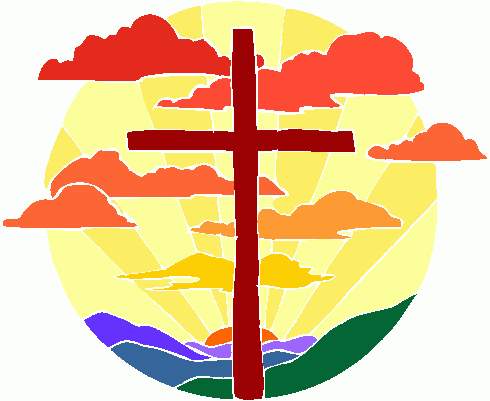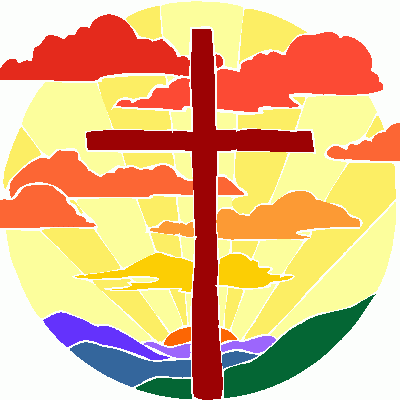This is part of a series of articles, describing each of the 66 books of the Bible and how it relates to the one overall story of God’s relationship with man. The story is examined in terms of the five recurring themes below. The series cover page can be reached here.
| God’s Sovereign Plan | God’s Majesty, Holiness & Justice | God’s Love & Pursuit of Relationship | Man’s Rebellion & Sin | God’s Solution: A Redeeming Sacrifice |
|---|---|---|---|---|
The book of Genesis is traditionally considered to have been written by Moses, who lived somewhere around 1300-1400 B.C. 1 However, the events referred to go much farther back — literally to the beginning of time — so the information must have been conveyed orally for generations. The lineage from Abraham, Isaac, and Jacob was deeply ingrained into the Hebrew people’s history by the time of Moses, though. It was the glue that held the people-group together.
The literary style of the book is literal, historical narrative. The tone is matter-of-fact, even when describing obvious miracles. People and places are named in real-world context, with nothing “once upon a time” or “in a galaxy far, far away”.
This book provides the start of our story, and lays the foundation for everything that comes afterward. It includes all five of the major themes presented in this article series.
Note: Genesis is a long book, covering everything from Creation, through the Flood, through the Israelite patriarchs Abraham, Isaac, and Jacob and ending with the story of Joseph. It has been split into four smaller articles:
- This article: Creation through Abraham (chapters 1 through the first part of 11)
- Patriarchs – Abraham and Isaac (end of chapter 11 through chapter 26)
- Patriarchs – Jacob and Esau (chapters 27 through 36)
- Patriarchs – Joseph (chapters 37 through 50)
Creation
Chapters 1 and 2 describe God’s creation of the cosmos in a tremendous display of power. Chapter 1 gives the sequence of six days of activity, creating:
- Light and dark;
- Waters below and waters above (atmosphere);
- Land with vegetation;
- Sun, moon and stars with their cycles;
- Birds and sea creatures;
- Finally, land creatures, including humans.
Chapter 2 starts with God resting and blessing the seventh day after His creation was completed. Then it goes into more detail on the creation of Adam and Eve in the Garden of Eden.
The Fall
Chapter 3 introduces a new character, Satan in the form of a serpent, and a new issue, sin. Satan tempted them, and Adam and Eve then chose to disobey God. For the first time, humankind used their free will to rebel rather than trusting God’s goodness. The result was tragic: Separation from God and expulsion from Eden. But in the midst of the judgment, there was also the promise of redemption. God said to Satan:
I will put enmity
Genesis 3:15
Between you and the woman,
And between your seed and her seed;
He shall bruise you on the head,
And you shall bruise him on the heel.
Cain and Abel
Chapter 4 gives the next tragedy, and the next account of sin and judgment tempered with mercy. Adam and Eve’s first son, Cain, and his younger brother, Abel, brought offerings to God. Abel’s offering of the first of his flock was acceptable; Cain’s offering of fruit was not 2. Cain became jealous of Abel, murdered him, and lied to God about it. As punishment, Cain was expelled from the family, condemned to life as a wanderer. But God decreed that no one could kill Cain over the incident; his life was spared. Cain went on to marry and have children. Meanwhile, Adam and Eve had a third son, Seth, through whom the line that would include Jesus would continue.
Noah and the Flood
Chapter 5 is a list of “begat’s” in the old King James Bible language, a list of the descendants of Adam for nine generations from Seth to Noah 3. Of interest here are the lifespans given: from 777 years for Noah’s father Lamech to 969 for his grandfather Methuselah 4. There is also Noah’s great-grandfather Enoch, of whom it is said that “God took him” rather than that he died.
Chapters 6 through 9 describe the descent of humankind into corruption, and God’s ultimate “reset” via the Flood. Noah was apparently the only man still honoring God while for all others “the LORD saw that the wickedness of man was great on the earth, and that every intent of the thoughts of his heart was only evil continually” (Genesis 6:5). Noah believed God when He said that judgment was on the way, and he followed God’s instructions to build a refuge, an ark, to preserve a remnant of humans and animals. All life not sheltered in the ark was destroyed. When the waters receded, God promised to never again destroy all life in this way. The rainbow is a symbol and reminder of this promise.
I set My bow in the cloud, and it shall be for a sign of a covenant between Me and the earth. It shall come about, when I bring a cloud over the earth, that the bow will be seen in the cloud, and I will remember My covenant, which is between Me and you and every living creature of all flesh; and never again shall the water become a flood to destroy all flesh.
Genesis 9:13-15
Chapter 10 is another list of descendants, those of Noah and his three sons who were in the ark with him. They spread out to become the forefathers of many nations.
Tower of Babel
Chapter 11 verses 1-9 backtrack to describe how Noah’s descendants went from one family to many nations. It was not by their own choice. They were gathered in one place and decided to “build for ourselves a city, and a tower whose top will reach into heaven, and let us make for ourselves a name, otherwise we will be scattered abroad over the face of the whole earth.” (Genesis 11:4) That was not God’s plan: He intended humankind to spread out. As always, God’s sovereign will was done. He confused their speech, giving them many languages, and “scattered them abroad from there over the face of the whole earth” (Genesis 11:8). That location of the “tower of Babel” (meaning “confusion”) later became the kingdom of Babylon that figures prominently both in Old Testament history and in Revelation’s description of things to come.
One Story
Continue to Genesis – Patriarchs – Abraham and Isaac.
Footnotes and Scripture References
- There are differing schools of thought on the exact dates.
- Possibly because Cain’s offering did not involve a living sacrifice. Another possibility is that Cain’s attitude fell short of actual worship, as demonstrated by his later actions.
- From the phrasing, this genealogy appears to be literal. However, there is literary precedent for skipping generations: “Son” can be used for “descendant” (Think “Sons of the Revolution” or “Daughters of the Confederacy”) and “begat” can be used for “founded the family line”. Measuring human history using these numbers has been cause for much discussion over the years.
- The most common interpretation is that lifespans changed after the flood, due to God’s intervention.

